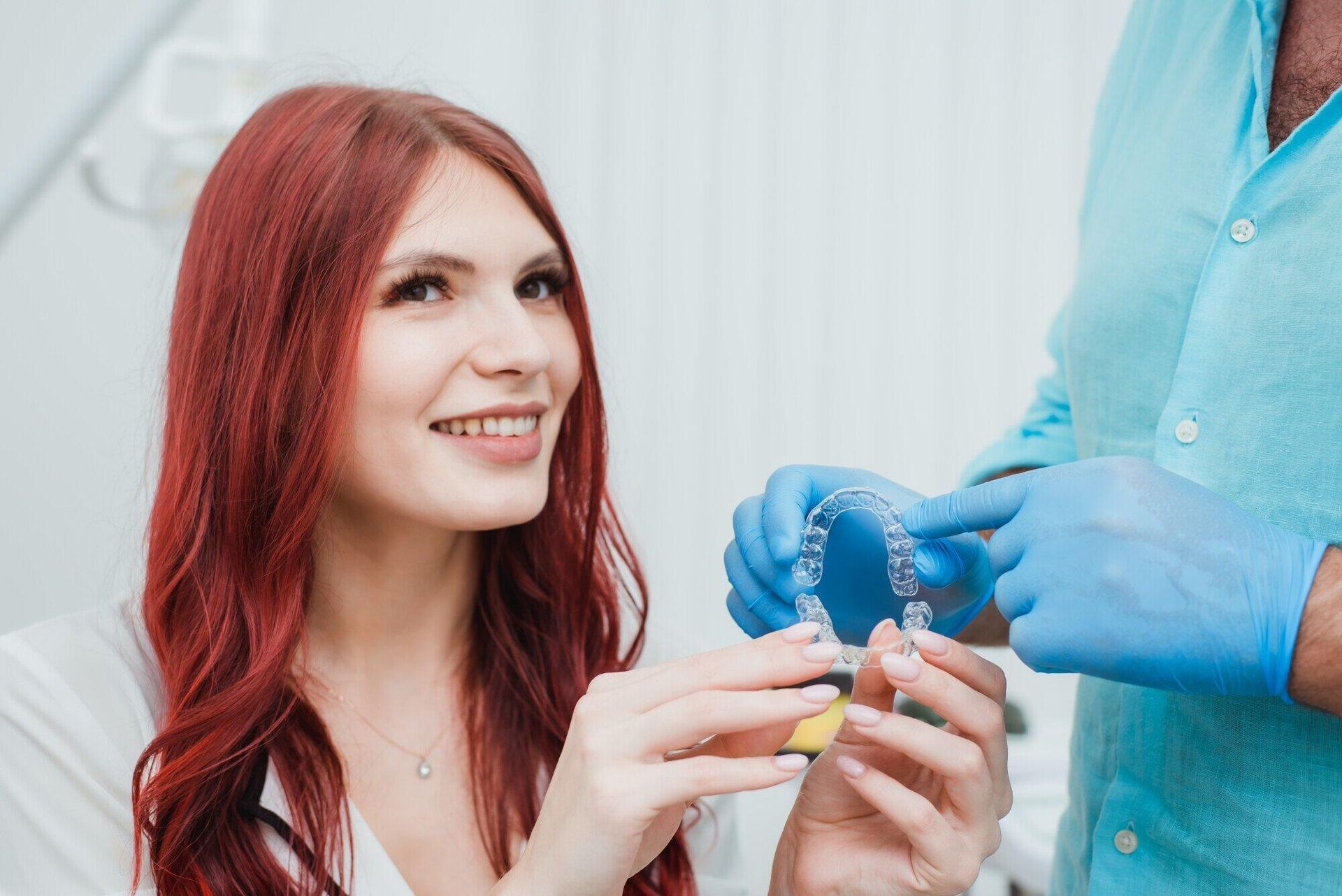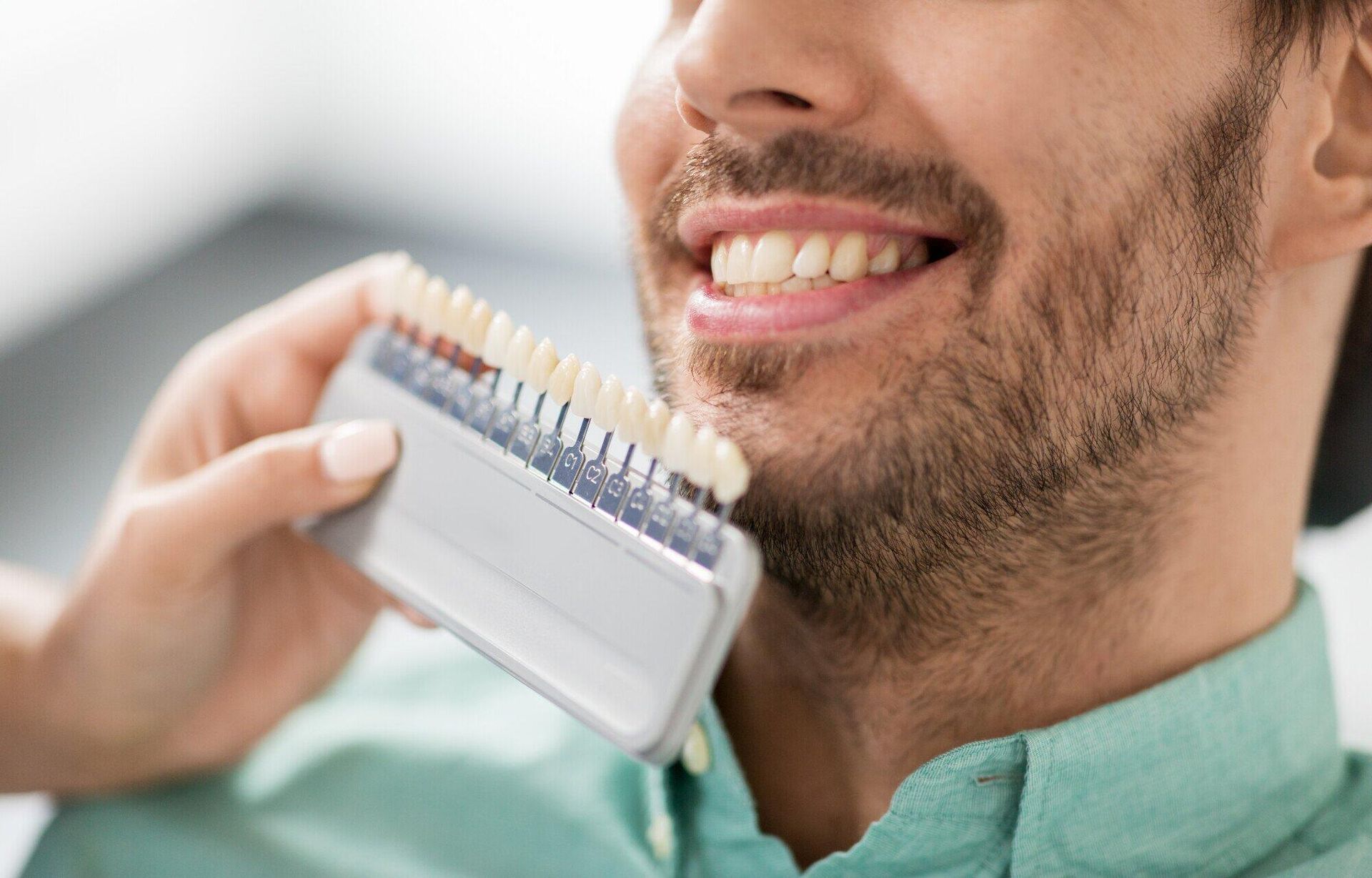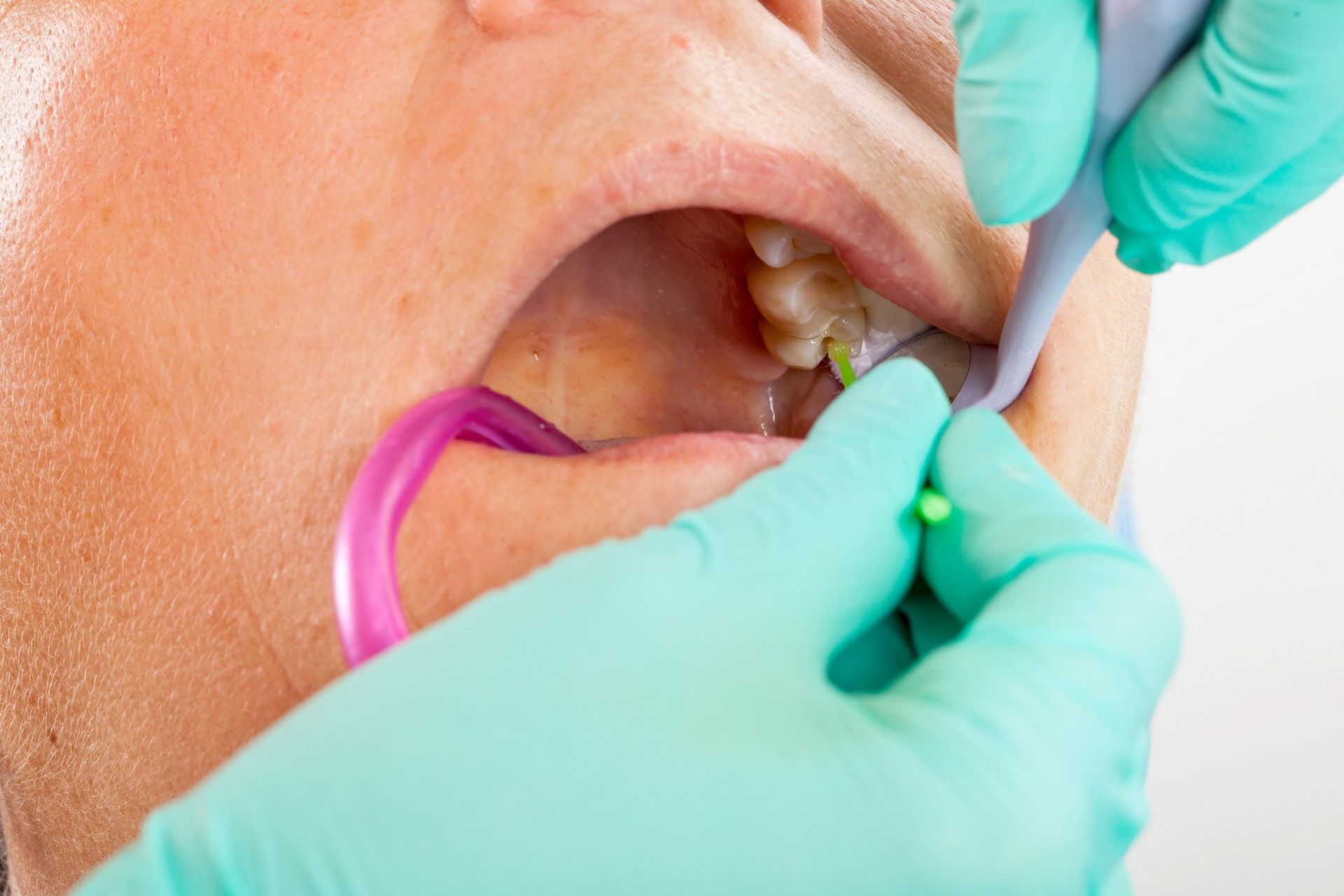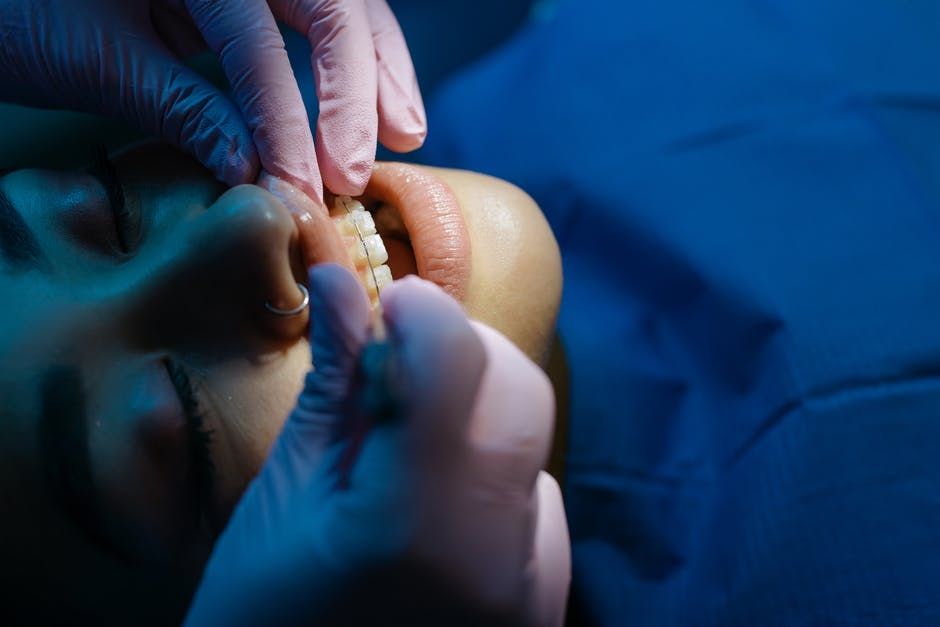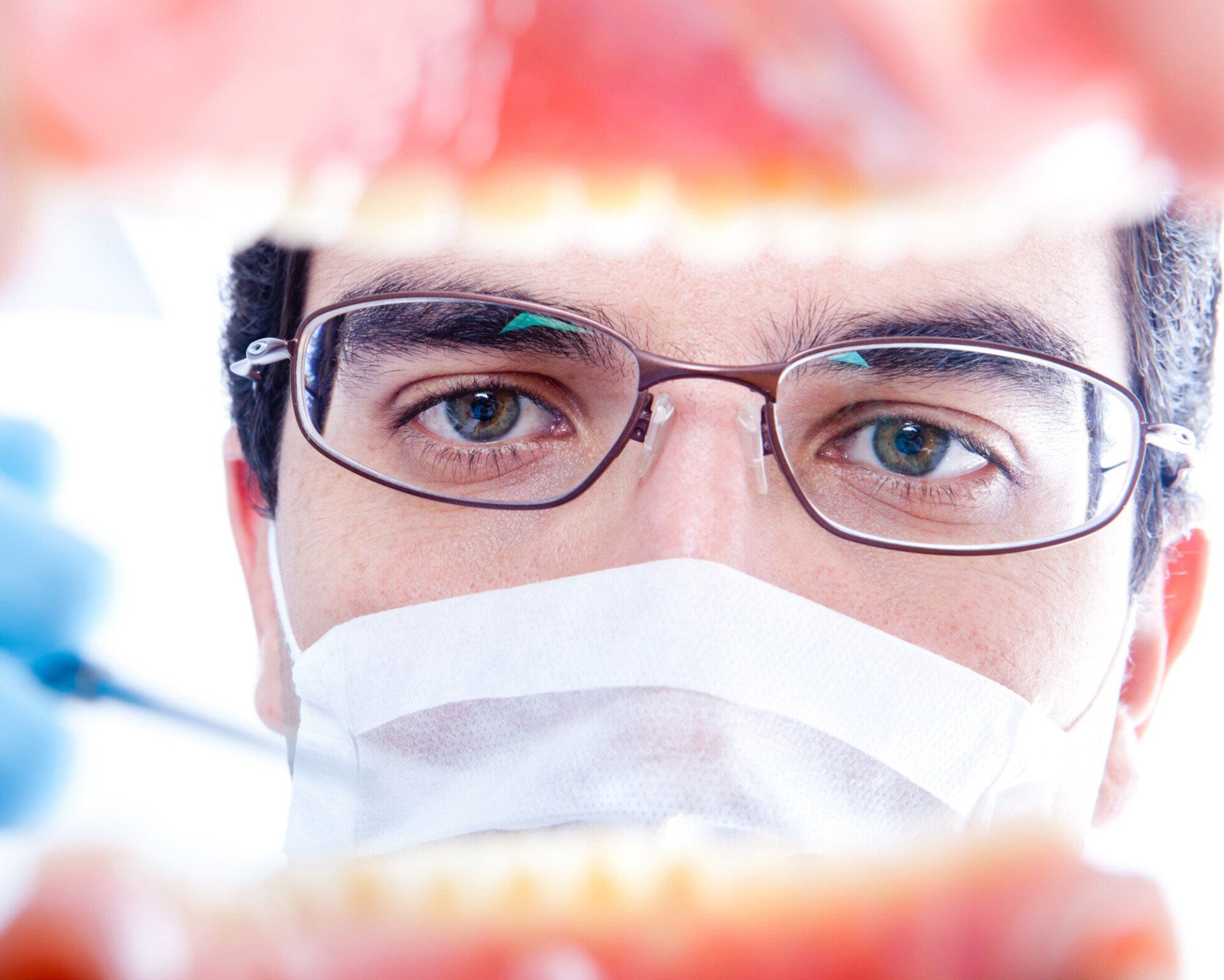5 Clear Benefits of Invisalign
Up to
75% of children could benefit from braces, and 45% need them to correct oral health problems. Many children never receive orthodontic treatment, and they grow into adults who still need braces! Does this sound familiar?
Whether you're interested in orthodontic treatment for yourself or a younger family member, you've likely been assessing your options. Have you considered Invisalign?
Your local dentist in Edgewater, NJ is here to talk about the benefits of having Invisalign so you can make an informed choice. Read on to learn more.
1. Invisalign Can Handle a Variety of Orthodontic Problems With Ease
When Invisalign first arrived on the market in the late nineties (and gained popularity in the early 2000s), it wasn't as effective as it is now. Invisalign clear aligners were fantastic for minor adjustments, but major adjustments and bite issues still required braces.
This is no longer the case.
Invisalign aligners are now perfect for a wide variety of orthodontic issues. From bite problems to severe crowding, Invisalign can handle it all.
When you get Invisalign, you may also get buttons, rubber bands, and attachments (similar to brackets from traditional braces) that can help with complex movements.
These extra add-ons, alongside the improved clear aligner technology that Invisalign has been working on for decades, have made it easier to move problematic teeth.
Invisalign is also faster than ever. Depending on the severity of your case, you may be able to wear aligners for only a few months before you see results. Even in severe cases, the timing is now comparable to traditional braces.
2. You Don't Have to Give Up Your Favorite Foods
One of the most annoying things about having metal braces is having to adjust your diet. If you love hard, chewy, or sticky foods, you're going to be out of luck until you're braces-free (or else you risk breaking your wires or even getting something stuck between them).
When you wear Invisalign aligners, this isn't the case.
You have to wear your aligners for 20-22 hours per day, but you can (and should) remove them for meals. That means that you can eat whatever you want as long as you aren't wearing your aligners and it fits within the specified time frame.
Note that you will need to brush your teeth (or, at the very least, rinse your mouth) after eating a meal. Avoid any foods that may stain if you don't have access to a toothbrush on hand because they can stain your aligners as well.
3. It's One of the Most Subtle Orthodontic Treatments
For many people, the biggest downside of getting braces is the appearance of wires and brackets. While patients have beautiful smiles waiting for them on the other side of their treatment times, it can be difficult to get over the idea of wearing such visible and obvious braces for months (or years, depending on the severity of the case).
"Invisible" ceramic braces are a more subtle alternative, but they're still fairly visible because the wires are usually not tooth-colored. Lingual braces are also nearly invisible (from the front, at least), but they're painful, expensive, and not often available.
Invisalign isn't invisible, but it's close to it. If patients only have the clear aligners themselves, people may notice that their teeth look different, but the fact that they have Invisalign won't be immediately obvious.
Attachments, buttons, and rubber bands make Invisalign more visible but still less visible than traditional braces.
In photos and from a distance, most people won't notice the aligners, even with attachments and rubber bands. Up close, people may not even notice unless the patient mentions that they're using Invisalign.
This is one of the reasons that many adults choose Invisalign. While children are surrounded by peers with braces, many adults feel like they'll stand out. With Invisalign, that's not a problem.
4. Invisalign Trays Are Comfortable
Let's face it: braces can be uncomfortable (and even painful) for the duration of treatment. Not only are braces moving the patient's teeth (a process that will cause some discomfort), but the metal wires are also brushing up against (and even cutting into) the patient's gums.
Patients can use orthodontic wax to mitigate the problem, but it doesn't always help.
Invisalign is far more comfortable. While you can expect some soreness at the beginning of your treatment time, it should be tolerable. If you have buttons or attachments, you can use orthodontic wax to cover them until your gums adjust.
There should be some pressure whenever you put in a new aligner, but most weeks it won't be painful.
5. Maintaining Good Oral Hygiene Is Easy
When a patient wears braces, they have to learn how to brush their teeth all over again. Suddenly there are so many wires and brackets to navigate! And we can't forget about the effort of flossing.
Maintaining good oral hygiene during your orthodontic treatment is essential, and Invisalign makes it easy.
Patients, by default, have to brush their teeth more often with Invisalign because they have to do it after every meal or drink that isn't just water. If they're following their dentist's instructions, their teeth will be cleaner than they ever were before starting treatment.
Because the aligners are removable, brushing and flossing will be a breeze. If there are attachments or buttons, there will be a short adjustment period, but patients adapt quickly.
Do You Need a Dentist in Edgewater, NJ for Invisalign?
If you're ready to get a straighter and healthier smile, it might be time to talk to a dentist in Edgewater, NJ, about Invisalign. Invisalign clear aligners are hygienic, subtle, comfortable, and more effective than ever. What are you waiting for?
At the Dental and Implant Center of Edgewater, we want to help our patients get the beautiful smiles they deserve. Contact us to set up an appointment today.


